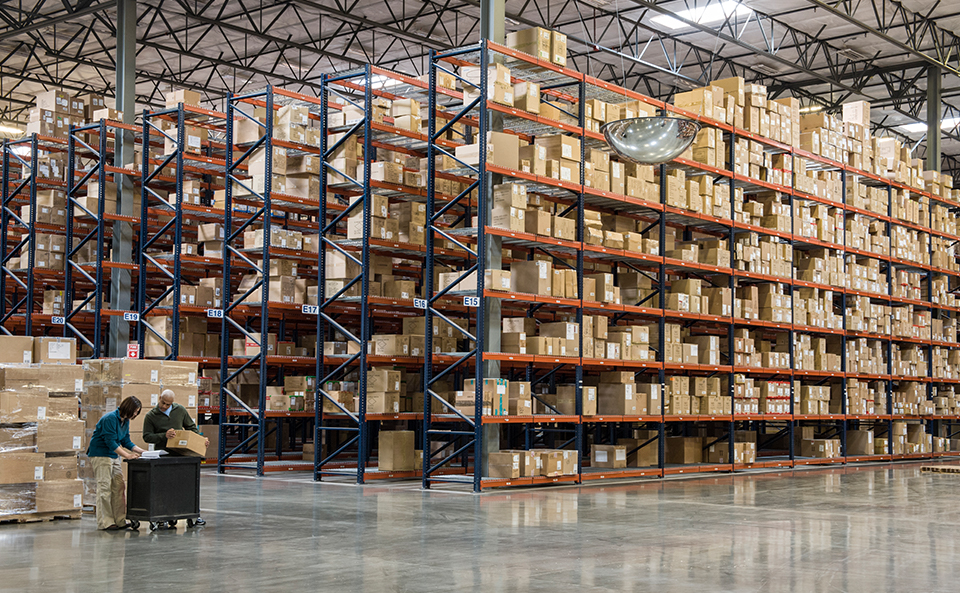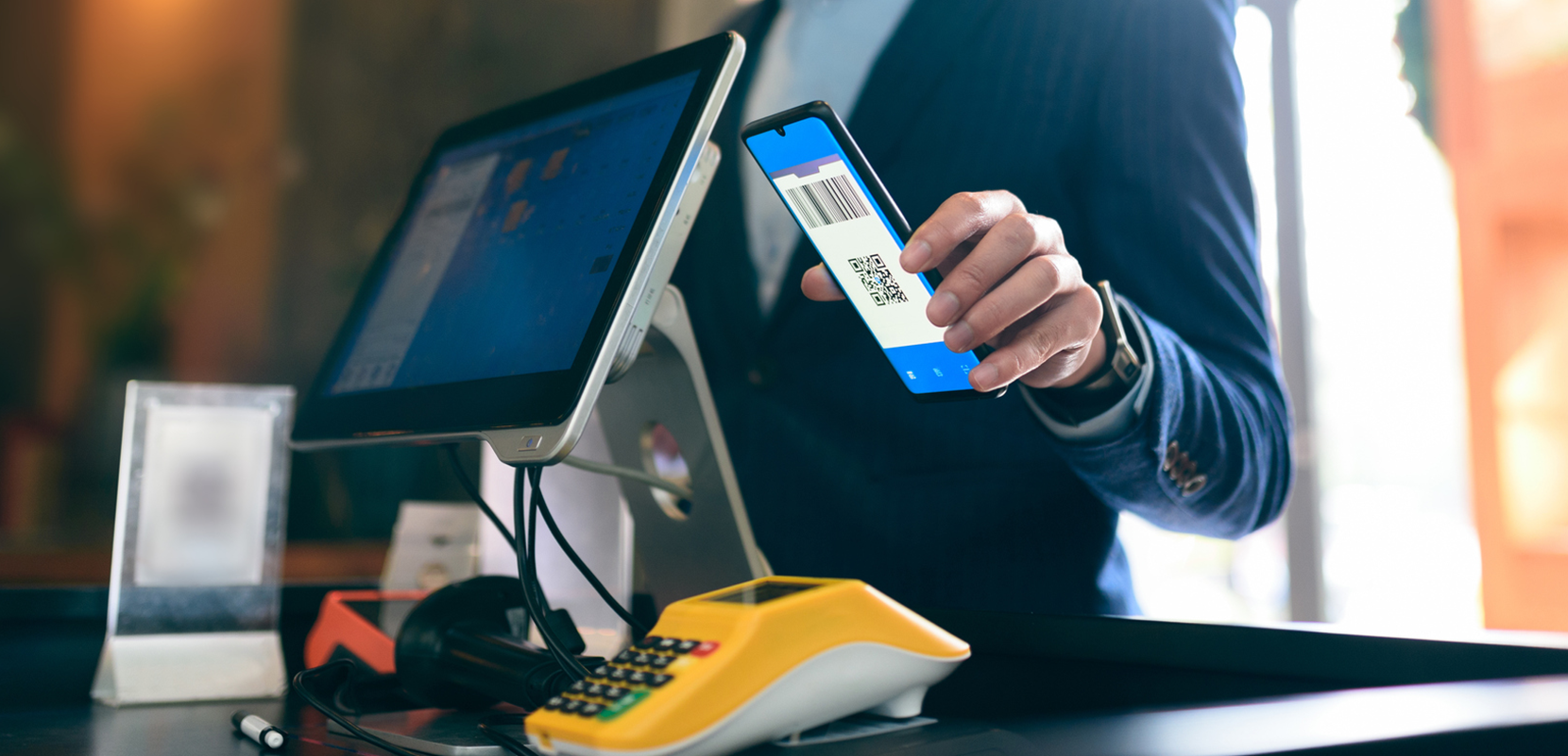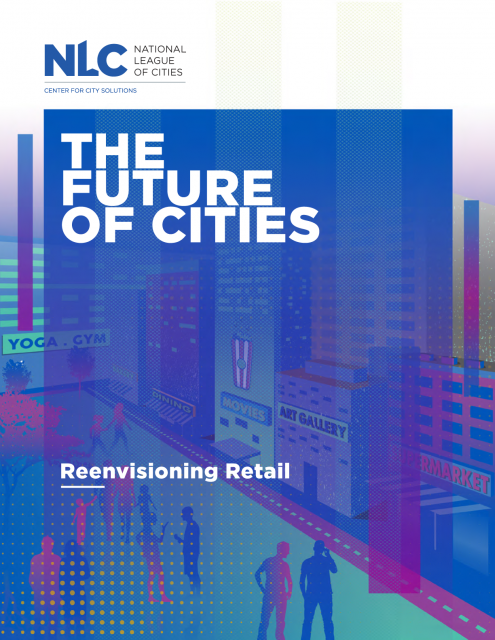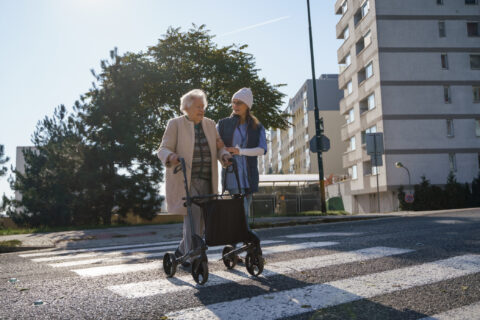The future of cities is rapidly taking shape—with vast disruptions and innovations prior to COVID-19 now accelerated mightily due to the pandemic. Where we live, what work looks like, and how we shop have all changed, with a people-centered focus at the forefront.
Retail – both online and brick-and-mortar – forms the foundation for local economies, our workforce and community main streets across America. COVID-19 has dramatically accelerated disruptions and innovations across the retail industry since March 2020. City leaders are now presented with a unique opportunity to help shape the retail landscape in ways that realize their community’s vision for the future.
The Great Recession and ensuing market disruptions and job losses redefined what it took to be a successful, modern retail business. Revenue sales data from 2007 to 2021 demonstrates this shift in how Americans were shopping and what they were purchasing.1 Many sales trends across retail sectors have carried through the pandemic and are now reflected in the spending recovery. Overall, the retail sector has seen an approximately 10 percent increase in dollars spent in February 2021 compared to February 2020. However, this rebound has proved uneven. The strongest growth across retail is seen in the non-store retail sector, which experienced a 27 percent increase in sales in the last year driven largely by the rise of e-commerce.
Retail sectors see uneven growth since the Great Recession. Pandemic has shifted areas of expansion and contraction.
Sales by retail sector in thousands of dollars.
Click chart lines to update monthly retail sector information below.
Although overall retail sales decreased dramatically in response to the Great Recession, e-commerce rebounded more rapidly than brick-and-mortar stores. In fact, the pandemic significantly expedited the growth of e-commerce. In Q2 2020, e-commerce experienced a 44.5 percent increase in year-over-year sales compared to the overall retail sector, which experienced a 3.5 percent decline.2
COVID-19 dramatically accelerated e-commerce growth. Sales in 2020 surpassed projections for 2022.
Percent change in year-over-year quarterly e-commerce and retail sales
Retail will always be a key component of the local economy in cities. City leaders are focusing on land use, planning and zoning; economic opportunity and jobs; and emerging technology to support their retail sector now and in the future.

Land Use, Planning and Zoning
The planning process, land use regulations and zoning codes are the primary levers cities can pull to define how communities use public and private space. Historically, changes, minor or major, have taken time to discuss, build agreement on and enact. COVID-19 quickly overturned this norm. Cities jumped to carve out space for safe retail operations in a variety of ways, from reallocating metered parking spaces as curbside pick-up zones to closing streets and sidewalks to vehicular traffic to enable outdoor dining and shopping. Some retailers were able to continue operations with some semblance of in-person operations (e.g., outdoor retail, buy-online-pick-up-in-store, etc.), but most businesses required a digital presence to survive.
E-commerce spending increased 44 percent from 2019 to 2020.3 The mix of in-person and online operations is likely to continue in all aspects of commerce. Retailers need the flexibility to meet these new needs and encourage sales through any channel they can. Many workers will continue to work remotely even after COVID-19 restrictions are lifted, increasingly driven by preference over necessity. This means customers are no longer flocking to a city center for work. They want decentralized retail throughout the community.
Remote work is here to stay. How much is still in question.
U.S. remote workers’ preferred work arrangement once restrictions are lifted.
Transit-oriented development — compact, pedestrian-centric mixed-use communities with access to high-quality transportation — is on the rise.4 The 15-minute city in which most residents can meet their needs within a short walk or bike ride from their home has been gaining traction.5 Flexible land use codes will enable cities to continue to pivot and think more creatively about how public space and the built environment can fulfill community needs responsively.

Economic Opportunity and Jobs
Based on NLC’s estimate, the retail sector employs 22.4 million people. According to these estimates, those employed in the retail sector at large account for 16 percent of the total U.S. labor force.5 Even though retail sector employment is rebounding from COVID-19 in terms of numbers, the type of businesses that employ retail workers and the types of roles they are in is changing.
Retail job loss during COVID-19 was much more significant over a shorter amount of time than during the Great Recession. However, the recovery was also swifter.
Total retail jobs in thousands
Retail job losses due to COVID-19 were heavily concentrated in sectors already on the decline prior to the pandemic.
Retail job losses by percent year-over-year change
Comparing U.S. Bureau of Labor Statistics employment projections for 2022 and 2029 reveals a large divide in projected short- and long-term job growth in the retail industry. Cashiers will no longer be the mainstay of the retail sector as demand for occupations like stockers and order fillers continues to rise to meet the American appetite for convenient, online shopping. Occupations like light truck or service drivers may grow increasingly familiar in the retail sector as continued e-commerce growth results in greater volumes of home delivery.
Income volatility and wage stagnation are particularly prevalent for the lowest-paid members of the retail workforce. Consequently, working in retail is often no longer economically sustainable or sufficient to make ends meet. The median pay for cashiers in 2020 was $12.04 an hour.7 Based on this assessment, no cashier working 40 hours per week at median hourly pay can afford a two-bedroom rental home in any state.8 Ensuring wage and workplace fairness will be integral to prevent workers from slipping through the cracks.
Future of Cities: Reenvisioning Retail
Get the complete report along with complementary case studies.
In 2019, a living wage for a family of four with two working adults and two children is $16.54 per hour per worker, or $68,808 per year per family, before taxes.
64% of retail workers do not make a living wage for a family of four.
Total employment, median hourly wage and median annual wage for retail occupations.
Raising the minimum wage is a first step in narrowing the gap between the value that retail workers provide to society and the low wages they receive in return. Twenty-five states have prohibited cities and counties from establishing local minimum wages above the state or federal minimum wage. Twenty-nine states and the District of Columbia have minimum wages higher than the federal minimum wage.9
Many cities are preempted by their states from establishing a higher local minimum wage.
Minimum wage preemption in the U.S.
The retail sector disproportionately employs women, immigrants and people of color, often providing low-barrier entry level jobs with wages and benefits that do not match the cost of living. With the pandemic-fueled rise of self-checkout, contactless delivery and pickup, many common retail jobs are disappearing. Cashiers make up a large portion of those employed in the retail sector — approximately 17 percent — and are projected to lose approximately seven percent of their workforce by 2029. This will have an outsized impact on women who are disproportionately employed as cashiers. Packers and packagers will experience an approximately five percent decline in labor demand by 2029. This occupation disproportionately employs Black and Hispanic people and women of all ethnicities, so changes in labor demand will have an uneven impact on already vulnerable households.10
As cities plan for a future with a sustainable and resilient retail sector, living wages and fair workplace standards, job skills training to effectively transition workers into high-demand occupations and diversification of the local retail business economy will prove critical.

Emerging Technology
Increasingly, the city of the future will be powered by technology. City leaders must look to current and emerging technologies alongside the vast amount of data they bring to enrich the decision-making process aimed at solving persistent problems.
COVID-19 further emphasized that broadband is a necessity for all. However according to a 2017 study, approximately 42 million Americans did not have access to broadband.11 Access to affordable, reliable internet and the skills to use it inevitably benefits the surrounding retail environments. With more equitable access to the internet, workers can search out jobs for which they are qualified and apply online, customers can find and purchase products that interest them and businesses owners can renew their business licenses with the city or complete a remote code enforcement inspection.
Access to broadband has not improved significantly
Broadband access, percent change 2017-2019
The city of the future will be more automated and focus on self-service. Cities will continue to serve as the testing grounds for emerging technologies, which will be more visible in daily life with customer needs driving their deployment in the retail sector. Personal delivery devices (PDD) will navigate around people on sidewalks to deliver online orders directly to the home. Drones will operate in lower air spaces to deliver supplies, especially in suburban and rural areas. Customers will go to self-checkout kiosks to complete transactions instead of waiting in line. Stores may not have cash registers or cashiers anymore, as artificial intelligence systems and sensors track customer choices around the store and charge them for purchased items as they leave. To prepare for the future, cities must get more comfortable with emerging technologies and shape their own visions for how they can benefit all members of the community and solve real-world problems rather than letting technology companies drive the conversation.
COVID-19 expedited many of the trends well underway prior to the pandemic, from changing consumer preferences to the growth of e-commerce. Just as the retail industry faced disruption following the Great Recession, COVID-19 represents another major disruptor, accelerating changes in cites’ approaches to land use, planning and zoning; economic opportunity and jobs; and emerging technology. Although significant changes are still coming, retail has always been, and will remain, a critical part of local economies in cities, towns and villages. Cities must be active participants in shaping the future of retail and supporting the small businesses, entrepreneurs and workers that are the beating heart of our economy.
- U.S. Census Bureau. (2021). Advance monthly retail trade survey. www.census.gov/retail/marts/historic_releases.html
- U.S. Census Bureau. (2021). Quarterly e-commerce report historical data. www.census.gov/retail/ecommerce/historic_releases.html
- Digital Commerce 360. (2021, February 15). How the coronavirus is changing ecommerce. www.digitalcommerce360.com/2021/02/15/ecommerce-during-coronavirus-pandemic-in-charts
- Elliott, D.L., (2020). Zoning for a Post-COVID World. American Planning Association Zoning Practice, 37(10), 1–7.
- C40 Cities Climate Leadership Group. (2020, July). How to build back better with a 15-minute city. C40 Knowledge Hub. www.c40knowledgehub.org/s/article/How-to-build-back-better-with-a-15-minute-city
- U.S. Bureau of Labor Statistics. (n.d.). Occupational employment and wage statistics. www.bls.gov/oes/home.htm
- UC Berkeley Labor Center. (2020, November 13). Inventory of US city and county minimum wage ordinances. laborcenter.berkeley.edu/inventory-of-us-city-and-county-minimum-wage-ordinances
- National Low Income Housing Coalition. (2020). How much do you need to earn to afford a modest apartment in your state? reports.nlihc.org/oor
- Economic Policy Institute. (2021, January 7). Minimum wage tracker. www.epi.org/minimum-wage-tracker
- U.S. Census Bureau. (2020). 2019 American community survey 1-year public use microdata samples [Data set]. data.census.gov/mdat/#/search?ds=ACSPUMS1Y2019
- Busby, J., & Tanberk, J. (2021, April 30). FCC reports broadband unavailable to 21.3 million Americans, BroadbandNow study indicates 42 million do not have access. BroadbandNow Research. www.broadbandnow.com/research/fcc-underestimates-unserved-by-50-percent









